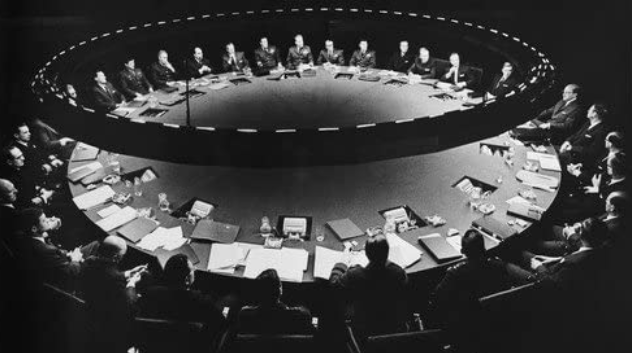


A Peek Inside a Crisis War Room From Chicago Navy Pier’s Top Communicator
By Sophie Maerowitz, writing for PRNews…
In this installment, we hear from Payal Patel, communications director at Chicago Navy Pier, who shares her approach to a crisis war room, as well as her take on PR’s role in the tourism industry’s recovery.
PRN: What is your role at Navy Pier in Chicago? What are some of your top communications priorities these days?
Patel: As the communications director at Navy Pier, I oversee all of the internal and external communications for one of the top-attended leisure and cultural destinations in the Midwest, which typically welcomes nearly 9 million guests on an annual basis. In addition to managing earned, owned and paid media strategies and placements, I lead the Pier through various crises—ranging from large-scale issues impacting security and operations, to sensitive litigation developments and reputational threats.

Currently, our top communications priority is developing a successful campaign to promote Navy Pier’s reopening this spring following an eight-month closure due to COVID-19 (the longest closure in recent history). Our communications strategy will need to strike the right balance of highlighting public health safety measures to drive consumer confidence and underscoring the urgency for community support to ensure the immediate and long-term vitality of the Pier’s operations and the more than 70 small businesses it houses.
I imagine that many other organizations are facing this same challenge. Communicators will be key in helping businesses drive this message home and successfully reemerge from the pandemic, gaining back the trust and support of their customers.
PRN: You’re leading a session on how to put together a Crisis War Room. What does a PR war room look like in 2021? Why might it be important for communicators to have one in place, regardless of industry?
Patel: A war room is a metaphoric hub from which an individual or team manages a crisis, relying predominantly on advance preparation and planning work. The war room should have a predetermined playbook for the team to reference, complete with a set of tools and tactics for managing various scenarios. The playbook should consist of a crisis phone tree (list of prioritized individuals to contact or notify at the onset of the crisis), detailed response protocols and a variety of template messaging that has been pre-approved by leadership and/or key stakeholders to help trim the response time as much as possible.
As many communicators know, time is of the essence during a crisis. Given today’s hypersensitive and increasingly complex communications landscape where news breaks every second and metastasizes to go viral , it is essential for brands to lay a strong foundation for crisis management and design a rapid response protocol that enables them to be quick and nimble. In my session, we will dive deeper into what that may look like, based on research and data from crisis case studies and my personal experiences in managing a wide range of crises.
PRN: How would you describe your core philosophy around crisis communications, and has that changed at all over the course of the last year?
Patel: I fundamentally believe that every crisis can be an opportunity, and it is often up to communicators to uncover those opportunities and leverage them to advance a positive narrative. That philosophy has not changed for me over the past year; if anything, it’s reinforced it.
For the rest, click here.